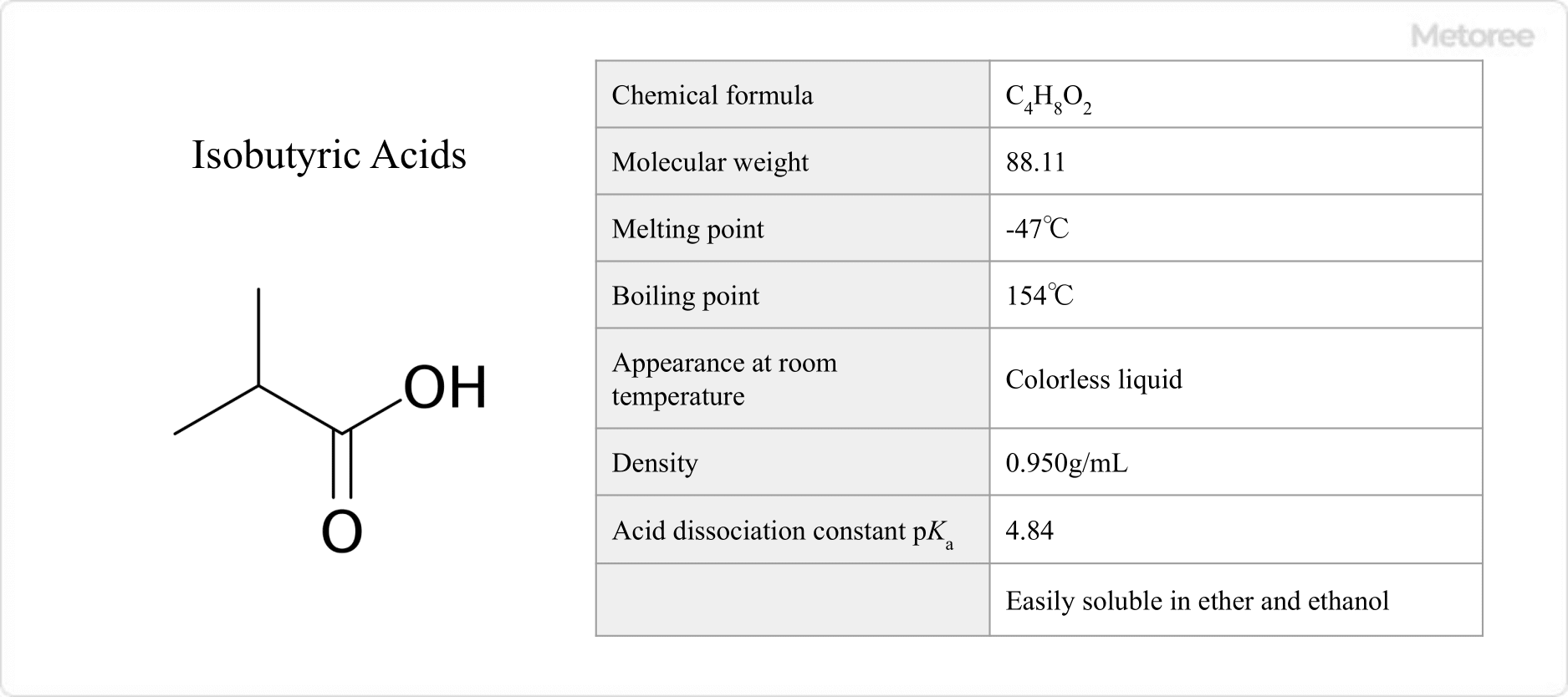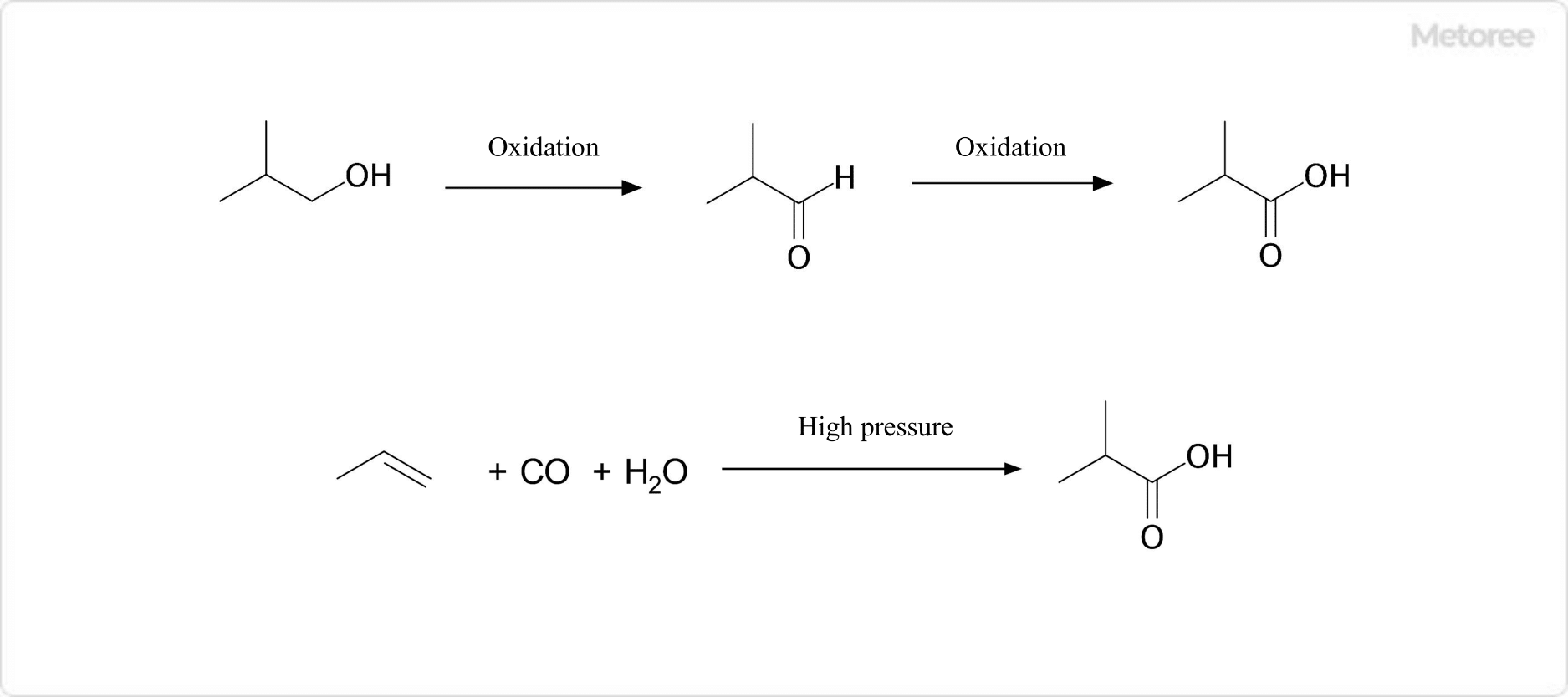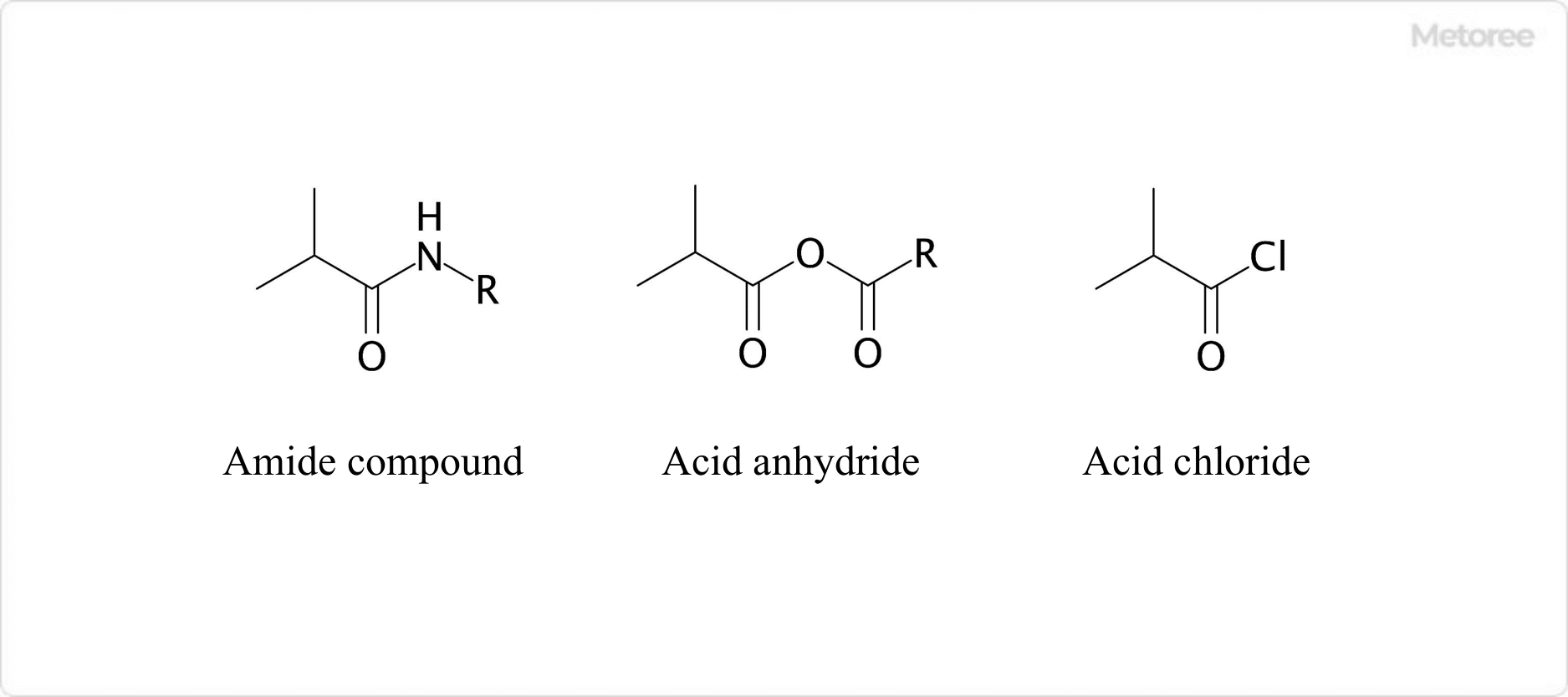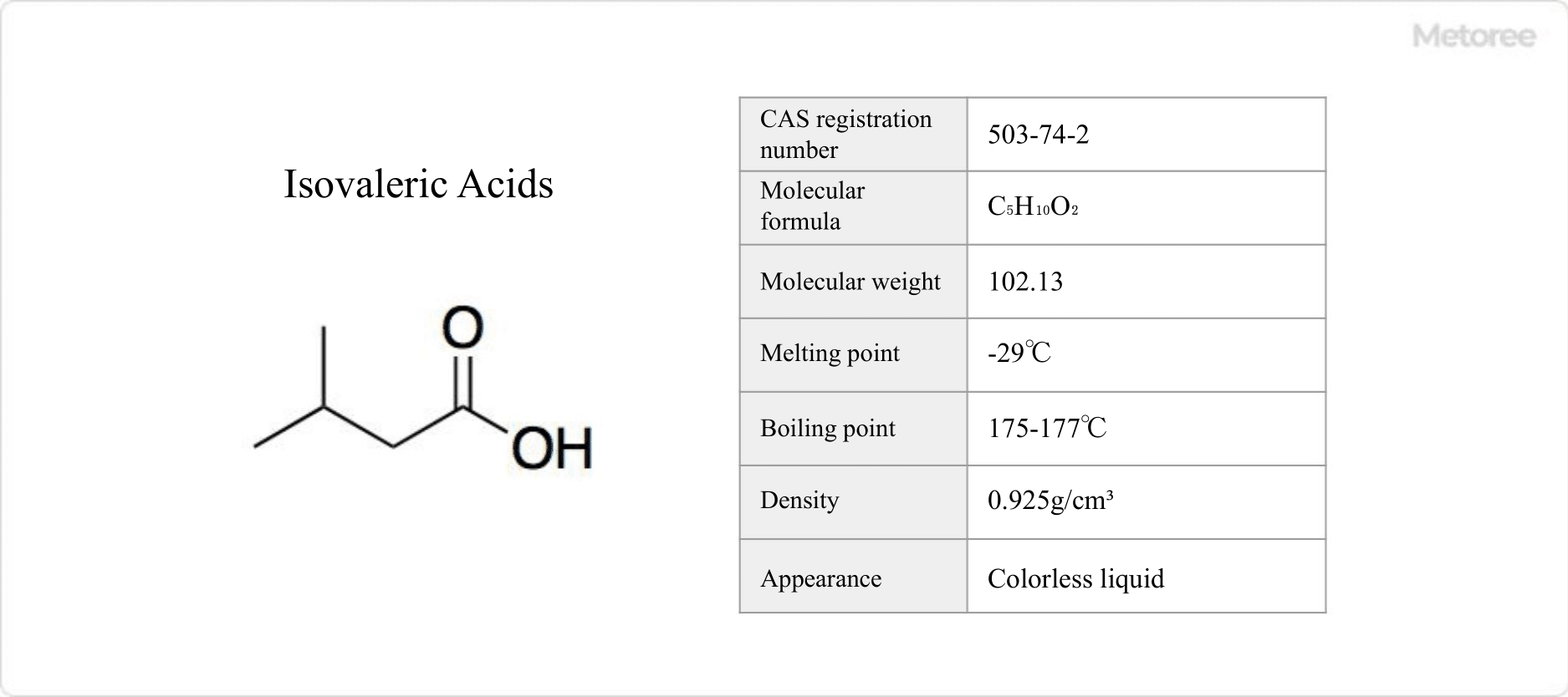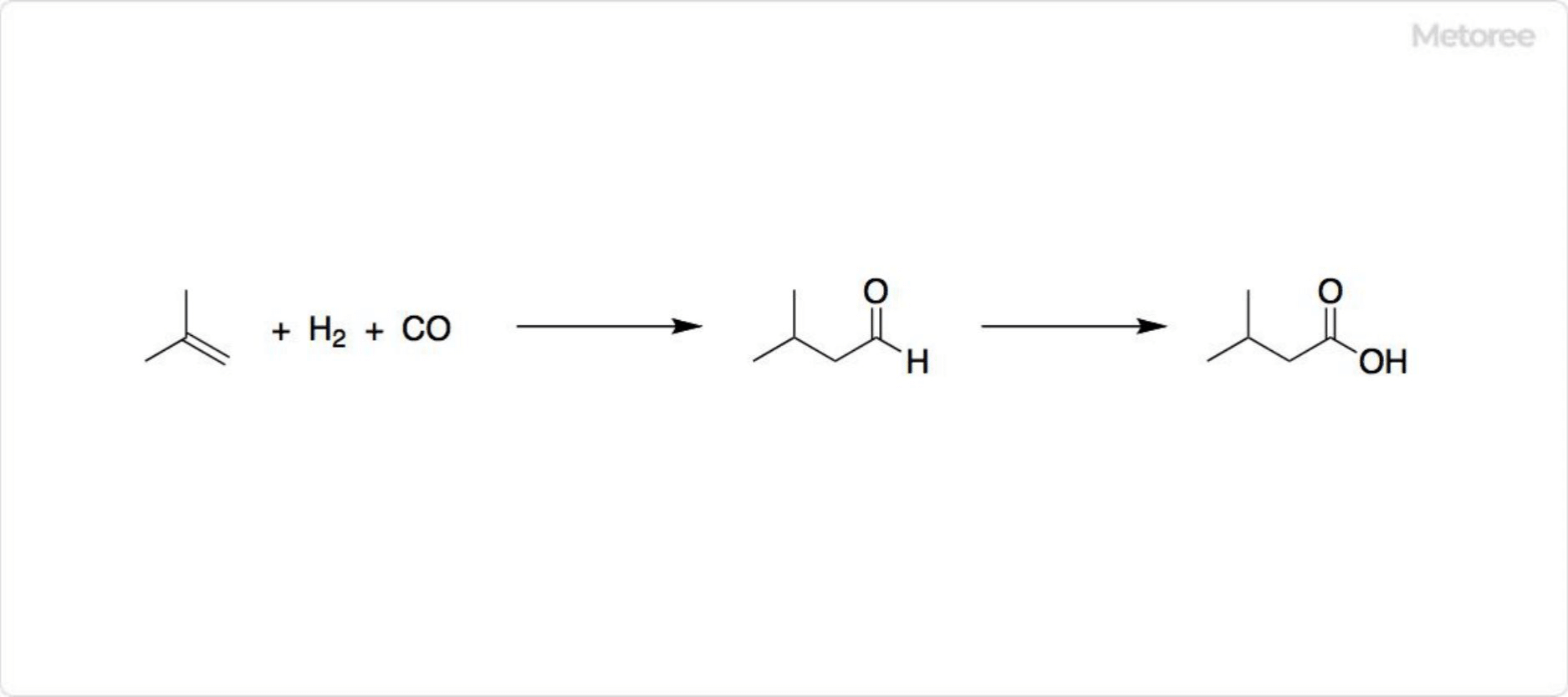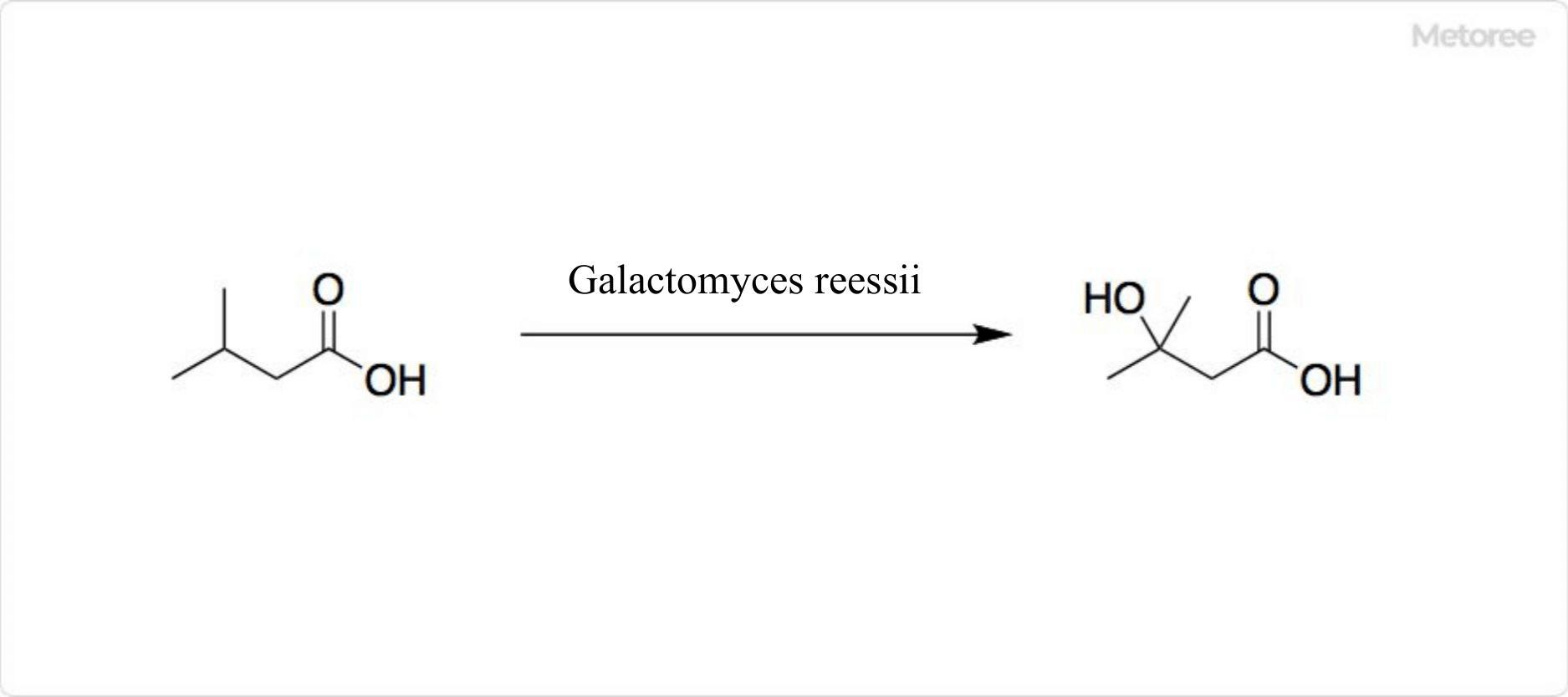Was ist eine Raumheizung?
Raumheizungen werden in Infrastruktureinrichtungen wie Computern, Telefonen und anderen Telekommunikationsgeräten, in der Stromerzeugung und -übertragung sowie in neuen Energiequellen eingesetzt, nicht nur um witterungsbedingte Kondensation zu verhindern, sondern auch um die Temperatur von Zielgeräten wie Computern auf den garantierten Betriebsbereich zu erwärmen. Der Begriff “Heizgerät” bezieht sich auf ein Heizgerät, das nicht nur dazu dient, witterungsbedingte Kondensation zu verhindern, sondern auch die Temperatur von Zielgeräten, wie z. B. Computern, auf den garantierten Betriebsbereich zu erwärmen.
Sie spielen eine besonders wichtige Rolle, da Kondensation der natürliche Feind von Elektro- und Computergeräten ist.
Verwendungszwecke von Raumheizungen
Raumheizungen sind häufig in Gehäusen zu finden, in denen sich elektronische Geräte befinden, z. B. in Schalttafeln und Verteilertafeln, die in Städten häufig im Freien aufgestellt sind.
Sie werden auch in Gebieten eingesetzt, in denen die Temperaturen unter den Gefrierpunkt fallen, um die Umgebungstemperaturen bis zum Betriebsbereich der elektronischen Geräte zu halten.
Raumheizungen eignen sich am besten für die Beheizung von Plattenobjekten.
Prinzip der Raumheizungen
Raumheizungen sind eine Art von Heizgeräten, die in engem Kontakt mit der Oberfläche des zu beheizenden Objekts, z. B. einem Metall, verwendet werden, das von dem Metall bedeckt oder umschlossen ist.
Im Vergleich zu Silikonkautschuk-Heizgeräten für ähnliche Anwendungen haben Raumheizgeräte einen größeren Temperaturbereich und können einen höheren Heizwert liefern.
Raumheizungen sind dünne Plattenheizungen mit einem Heizelement aus Nichromdraht, das mit einer hitzebeständigen Glimmerplatte isoliert ist.
Die äußere Platte besteht aus rostfreiem Stahlblech (SUS 430) oder gebondetem Stahlblech, und das Heizelement ist mit einer Schutzschicht überzogen.
Man kann sagen, dass die Heizelemente dieser Raumheizungen äußerst effizient heizen, da sie die Wärme durch direkte Wärmeleitung direkt auf das zu beheizende Objekt übertragen.
Um die Heizleistung zu erhöhen, wird häufig ein enger Kontakt zwischen Ober- und Unterseite hergestellt.
Darüber hinaus werden einige Raumheizungen in Kombination mit einem Gebläse betrieben, das die Umgebungstemperatur durch Umwälzung der erwärmten Luft effizient aufrechterhält, und Raumheizungen werden manchmal zur Lufterwärmung eingesetzt, um beispielsweise Kondensation zu verhindern.
Die Standardtypen von Raumheizungen sind Doppel- und Einzelheizungen, aber es gibt auch vertikale Einzelheizungen, horizontale Einzelheizungen, Zentralheizungen, bedrahtete Heizungen, direkt bedrahtete Heizungen und verschiedene andere Typen, je nach Installationsort und Spezifikationen der Raumheizung.
